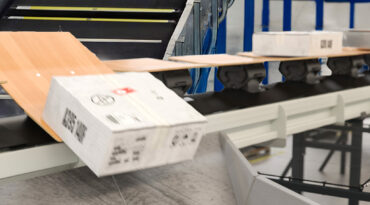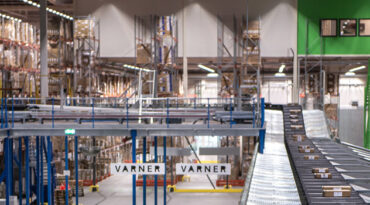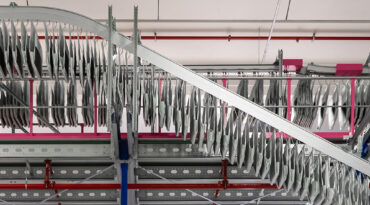Not only did the Pandemic challenge WD operators to evolve or die, but it unleashed tsunami after tsunami for the sector to deal with: starting with the rapid growth of ecommerce, followed swiftly by a mass exodus of workers, along with most of the operational knowhow.
Dealing with these continues to be a constant battle for the operators of warehouses, distribution centres (DCs) and fulfilment centres.
So let’s take a look at the significant challenges facing the sector, along with how they are causing many WD operators to drastically reshape their operations to remain competitive.
The key challenges in modern warehouse and distribution operations
Labour shortages have become a pressing issue, as most of the WD workforce is dedicated to moving items within facilities, pushing many DCs to explore automation as a critical solution.
Simultaneously, capacity constraints are hindering the ability to manage growing order volumes, yet innovative strategies are emerging to optimise existing spaces without the need for costly expansions.
Furthermore, the surge in ecommerce is driving technological advancements that promise increased efficiency. However, to fully realise these benefits careful planning is essential.
Distribution centres can address the challenges of labour shortages, capacity constraints and technological advancement through several strategic approaches.
Here’s a breakdown of how challenges can be turned into opportunities.
1. Labour shortages
By 2030, the global shortfall in skilled workers will total 85.3 million at a cost to the global economy of $8.5 trillion per year – a drain in talent that the WD sector is already feeling acutely. Across the board, there are shortages: from delivery drivers and warehouse operatives to skilled professionals to manage processes, technology and personnel.
The scarcity of skilled workers is a significant hurdle for DCs – especially in labour-intensive areas like reverse logistics.
To alleviate this pressure, many DCs are turning to automation to reduce the labour burden and lower the costs associated with internal logistics.
Accordingly, an increasing number of operators in the industry want to know more about automation in reverse logistics.
2. Capacity constraints
Limited capacity to manage increasing order volumes is a persistent issue for DCs. While expanding operations might seem like the solution, it’s not always necessary.
Instead, many DC operators want to learn more about navigating capacity constraints. Experienced technology providers offer strategies to optimise existing facilities, enabling DCs to handle growth without the need for completely new infrastructure and automation.
This approach helps avoid long lead times, backorders and delayed deliveries.
3. Technological advancement
The surge in ecommerce has introduced new challenges but also opened doors to technological advancements that can’t be ignored.
Embracing automation technology can enhance efficiency and reduce costs, yet the path to successful implementation is not without challenges.
It’s vital that technology providers address their customers’ needs with their solutions and don’t just give them one-size-fits-all automation. Central to this is clear communication, and the same is true when introducing new tech to workforces, where there may be resistance to change. It’s important the workers understand all the benefits.
Organisations that want to understand the possibilities of automation must navigate this journey with careful planning to fully capitalise on the benefits of new technologies.


















